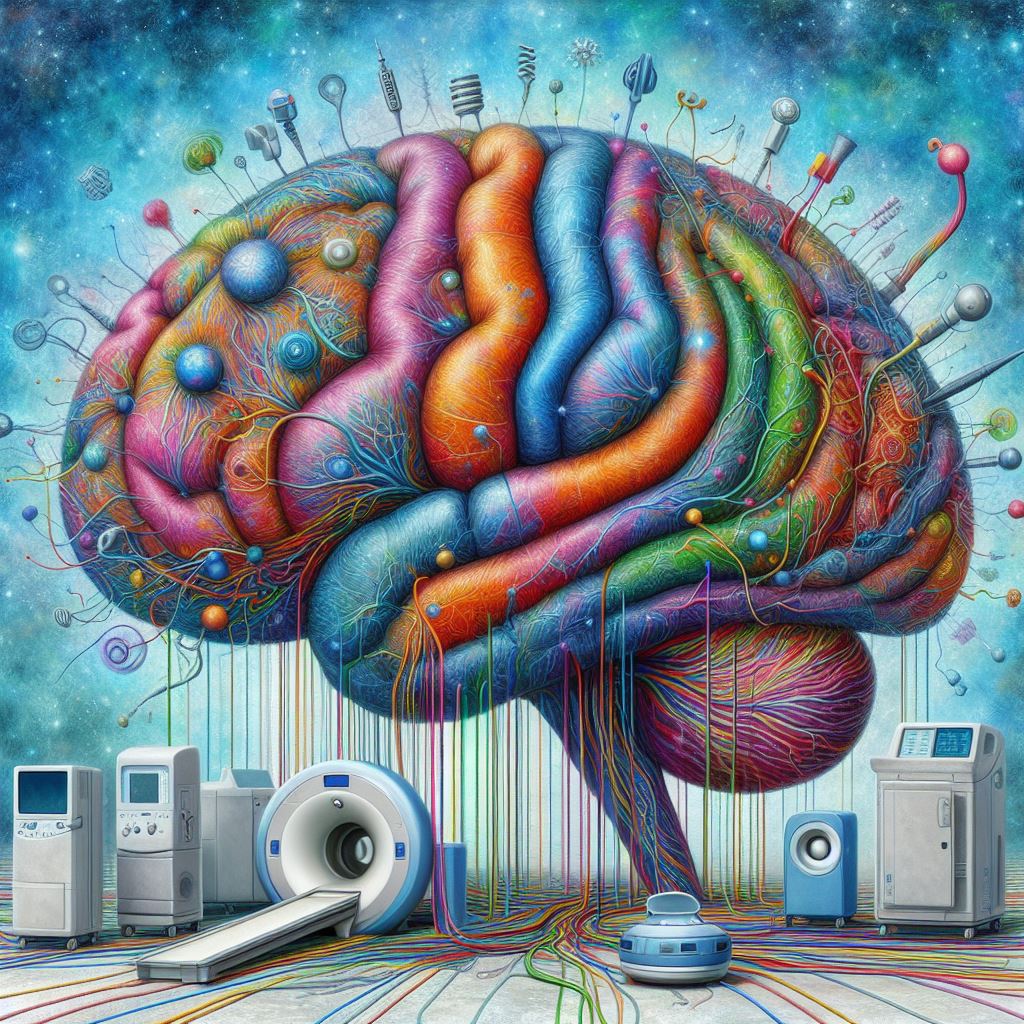
Introduction
A research team at the University of Illinois Urbana-Champaign’s Beckman Institute for Advanced Science and Technology has made significant strides in addressing the ‘black box’ phenomenon in artificial intelligence (AI) within healthcare. This innovative approach aims to unravel the complexities of AI decision-making processes, particularly in medical imaging. By enhancing the interpretability of AI systems, they hope to foster greater trust and understanding in their applications. The ‘black box’ issue in clinical AI refers to the opacity in creating algorithms. The rationale behind their decisions remains obscured.
Unveiling the ‘black box’ Phenomenon
Neural networks, a key component of deep learning (DL) models, excel at image analysis and anomaly detection but often lack transparency in their decision-making. This opacity poses challenges in critical fields like healthcare, where understanding the reasoning behind AI recommendations is crucial. These networks excel in tasks like image analysis and anomaly detection. Figure 1 touches on the more complex nuances involved in the classification of the ‘black box’ phenomenon with abilities such as interpretation and explainability.
This lack of transparency raises concerns, especially in critical sectors like healthcare, where comprehending the rationale behind AI suggestions is vital. Addressing this opacity is crucial for ensuring trust, accountability, and ethical use of AI systems across various domains, emphasising the need for interpretability and explainability in AI algorithms for broader societal acceptance and adoption.

Human Intelligence Inspiring AI Evolution
DL, a cornerstone of modern AI, draws inspiration from human intelligence theories. DL algorithms are trained with vast datasets to recognise patterns and make informed decisions. As AI continues to advance, the debate around its integration into society mirrors past discussions on emerging technologies. Evaluating the risks and benefits of AI, especially DL, prompts us to reflect on the extent to which we want these innovative technologies to shape our future. Such contemplation is essential for steering our collective technological progression.
Conclusion
The University of Illinois research team’s breakthrough underscores the ongoing efforts to demystify AI decision-making processes, particularly in healthcare. The ‘black box’ phenomenon in draws in parallels between AI and human cognition. We are paving the way for more informed discussions on the role of DL in shaping our world. Could you reimagine how AI could be interpreted?
